Resurfacing bathroom countertops is a cost-effective and practical way to give your bathroom a fresh and updated look without the expense and hassle of a full replacement. The process involves applying a new surface material or finish over the existing countertop, providing a renewed appearance. Here’s a comprehensive guide on how to resurface bathroom countertops, covering various methods and considerations.
Firstly, thorough preparation is crucial for a successful resurfacing project. Begin by cleaning the existing countertop thoroughly to remove any dirt, grease, or residue. Ensure the surface is smooth and free of imperfections, and repair any chips or cracks. Once cleaned and repaired, it’s essential to sand the surface to create a rough texture that will help the new resurfacing material adhere securely.
Choosing the right resurfacing material is a key decision. Options include paint, epoxy coatings, laminate overlays, and concrete overlays. Each material has its own application process, benefits, and considerations. Paint is a budget-friendly choice but may require more frequent touch-ups. Epoxy coatings provide a durable and glossy finish but require careful application. Laminate overlays offer a wide range of designs and patterns, while concrete overlays provide a modern and customizable look.
Before applying the chosen resurfacing material, it’s important to protect surrounding areas. Cover cabinets, appliances, and walls with drop cloths or painter’s tape to prevent any accidental splatters or spills. Proper ventilation is also crucial, especially when working with paints or coatings that emit fumes. Open windows and doors, and use fans to ensure adequate airflow during the application process.
For those opting for paint as their resurfacing material, start with a primer designed for the specific countertop material. This ensures better adhesion and durability of the paint. After priming, apply several coats of paint, allowing each coat to dry thoroughly before adding the next. Sand between coats for a smooth finish. Seal the painted surface with a clear polyurethane or acrylic sealer to enhance durability.
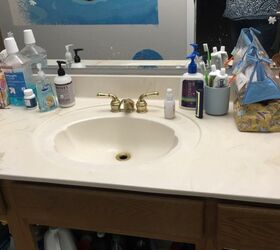
Epoxy coatings typically come in two parts that need to be mixed before application. Follow the manufacturer’s instructions carefully, ensuring the proper mixing ratio. Apply the epoxy evenly over the countertop surface, using a brush or roller. Pay attention to achieving a smooth and even coat. Some epoxy coatings may require multiple layers, with sanding between layers to achieve the desired finish.
Laminate overlays offer a convenient and versatile resurfacing option. These overlays are adhesive-backed and can be applied directly over the existing countertop. Ensure accurate measurements and trim the overlay to fit the countertop dimensions precisely. Carefully remove the backing and press the laminate overlay onto the countertop, smoothing out any bubbles or wrinkles. Trim the excess material with a sharp utility knife.
Concrete overlays provide a modern and industrial aesthetic. Start by applying a bonding agent to the existing countertop to promote adhesion. Mix the concrete overlay according to the manufacturer’s instructions, and spread it evenly over the countertop surface using a trowel. Achieve the desired texture and finish before allowing the overlay to cure. Seal the concrete for added durability and stain resistance.

Regardless of the chosen resurfacing material, proper curing time is essential. Allow the countertop to dry or cure according to the manufacturer’s recommendations before putting it back into regular use. Rushing this step can compromise the durability and longevity of the resurfacing project.
Maintenance is a consideration after the resurfacing process is complete. While resurfaced countertops can provide a refreshed appearance, they may require specific care to maintain their condition. Follow the recommended cleaning and maintenance guidelines for the chosen resurfacing material to ensure long-lasting results.
It’s worth noting that resurfacing is not a permanent solution, and the longevity of the results depends on factors such as the quality of the materials used and the care provided. Homeowners should be realistic about the expected lifespan of the resurfacing and plan for potential touch-ups or reapplication in the future.
If the existing countertop has significant damage or structural issues, resurfacing may not be the most suitable solution. In such cases, considering a full replacement might be more practical for achieving the desired results and long-term durability.
Resurfacing bathroom countertops is a DIY-friendly and cost-effective way to update the look of your bathroom. Whether using paint, epoxy coatings, laminate overlays, or concrete overlays, careful preparation, application, and maintenance are essential for achieving a successful outcome. By following the appropriate steps and considering the specific needs of your countertop material, you can enjoy a refreshed and revitalized bathroom space without the expense of a full replacement.
Bathroom Countertop Refinishing – A budget friendly bathroom update

The contemporary day bathroom comes well designed with a good and appealing bathroom countertop that’s handy for keeping the sponge or the soap while having a bath. Even while buying the appropriate stone cleaner for your granite, consult the bathroom countertop supplier. Here are a few other reasons you really should look into marble bathroom countertops for your home the next time you’re remodeling your bathroom.
Countertop Refinishing – Refinish your Counter Tops – Miracle Method
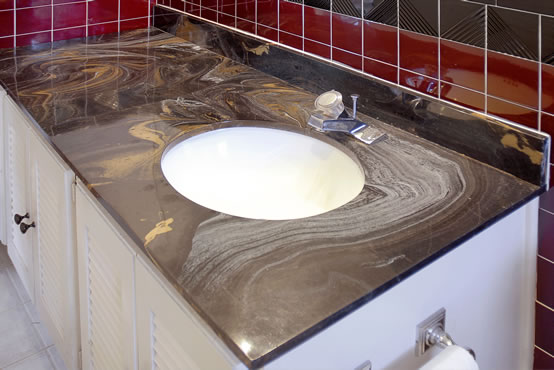
Bathroom Countertop RedRock Resurfacing
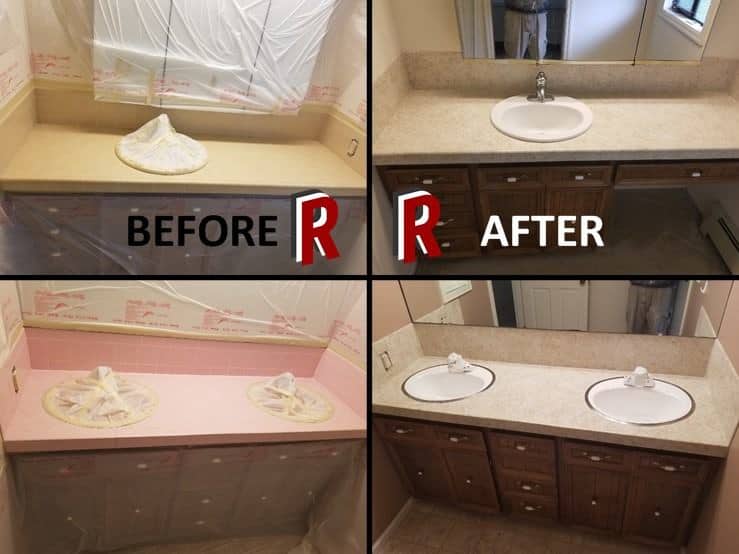
Remodelaholic Painted Bathroom Sink and Countertop Makeover

Bathroom Countertop Refinishing – A budget friendly bathroom update

How To Refinish Bathroom Cabinets DIY Domestic Blonde
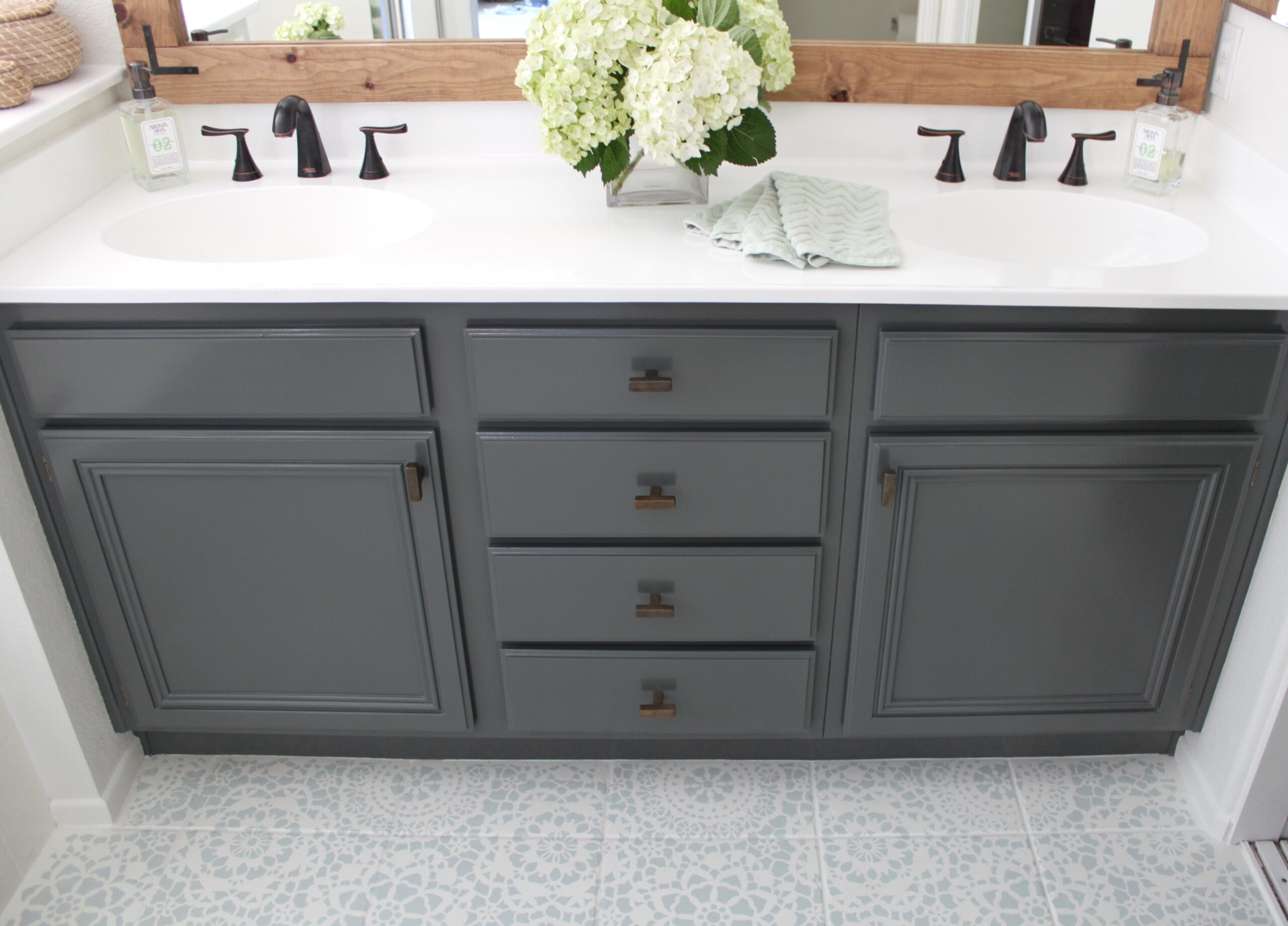
DIY Epoxy Bathroom Countertop Diy countertops, Bathroom

How to Refinish Laminate Counters: Made By Marzipan
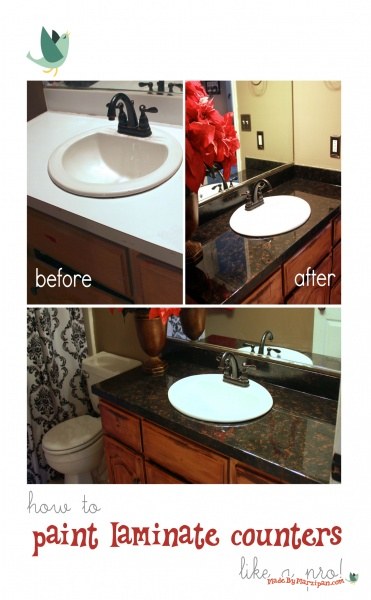
Related articles:
- Resin Bathroom Countertops
- Walnut Bathroom Countertop
- Green Granite Bathroom Countertops
- Cheap Bathroom Countertops
- Resurface Bathroom Countertops
- Ideas For Bathroom Countertops
- Travertine Bathroom Countertops
- Affordable Bathroom Countertops
- Refinish Bathroom Countertops DIY
- Grey Quartz Bathroom Countertops